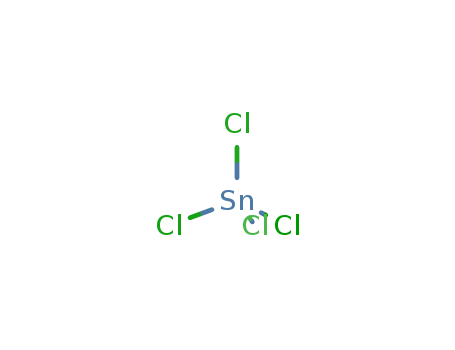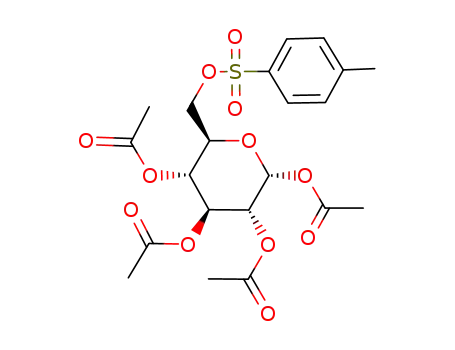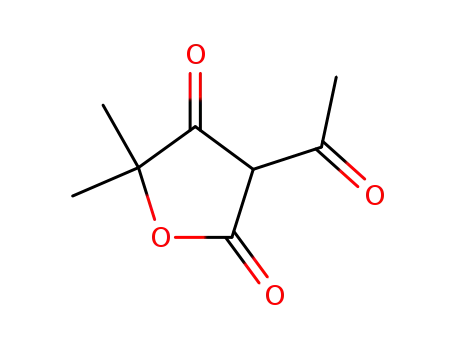

Product Details
|
Preparation |
Tin(II) chloride is prepared by dissolving tin in hydrochloric acid followed by evaporation of the solution and crystallization. |
|
Air & Water Reactions |
Fumes in moist air. Reacts with water to form Hydrochloric Acid in dense white fumes [Merck 11th ed. 1989]. |
|
Reactivity Profile |
Acidic salts, such as STANNIC CHLORIDE, are generally soluble in water. The resulting solutions contain moderate concentrations of hydrogen ions and have pH's of less than 7.0. They react as acids to neutralize bases. These neutralizations generate heat, but less or far less than is generated by neutralization of inorganic acids, inorganic oxoacids, and carboxylic acid. They usually do not react as either oxidizing agents or reducing agents but such behavior is not impossible. Many of these compounds catalyze organic reactions (ethylene oxide polymerization). Combination of the chloride with turpentine is strongly exothermic, and may lead to ignition, [Mellor, 1941, Vol. 7, 446]. |
|
Hazard |
Evolves heat on contact with moisture. Corrosive liquid |
|
Health Hazard |
CORROSIVE and/or TOXIC; inhalation, ingestion or contact (skin, eyes) with vapors, dusts or substance may cause severe injury, burns or death. Fire will produce irritating, corrosive and/or toxic gases. Reaction with water may generate much heat that will increase the concentration of fumes in the air. Contact with molten substance may cause severe burns to skin and eyes. Runoff from fire control or dilution water may cause pollution. |
|
Fire Hazard |
EXCEPT FOR ACETIC ANHYDRIDE (UN1715), THAT IS FLAMMABLE, some of these materials may burn, but none ignite readily. May ignite combustibles (wood, paper, oil, clothing, etc.). Substance will react with water (some violently), releasing corrosive and/or toxic gases and runoff. Flammable/toxic gases may accumulate in confined areas (basement, tanks, hopper/tank cars, etc.). Contact with metals may evolve flammable hydrogen gas. Containers may explode when heated or if contaminated with water. Substance may be transported in a molten form. |
|
Safety Profile |
Poison by intraperitoneal route. Moderately toxic by inhalation. A corrosive irritant to skin, eyes, and mucous membranes. Combustible by chemical reaction. Upon contact with moisture, considerable heat is generated. Violent reaction with K, Na, turpentine, ethylene oxide, alkyl nitrates. Dangerous; hydrochloric acid is liberated on contact with moisture or heat. When heated to decomposition it emits toxic fumes of Cl-. See also HYDROCHLORIC ACID. |
|
Potential Exposure |
Tin tetrachloride is used in the production of blueprints and electroconductive readings, as a bleaching agent for sugar and resin stabilizer. |
|
Purification Methods |
SnCl4 fumes in moist air due to formation of a hydrate. Fractionate it in a ground glass still and store it in the absence of air. Possible impurities are SO2 and HCl [Baudler in Handbook of Preparative Inorganic Chemistry (Ed. Brauer) Academic Press Vol I p 729 1963]. It forms a solid pentahydrate [10026-06-9] which smells of HCl and is obtained when the anhydrous salt is dissolved in a small volume of H2O. Also reflux it with clean mercury or P2O5 for several hours, then distil it under (reduced) N2 pressure into a receiver containing P2O5. Finally redistil it. Alternatively, distil it from Sn metal under vacuum in an all-glass system and seal off in large ampoules. SnCl4 is available commercially as 1M solutions in CH2Cl2 or hexane. HARMFUL VAPOURS. |
|
Incompatibilities |
Slowly forms hydrochloric acid in cold water; fast reaction in hot water and steam. Incompatible with oxidizers (chlorates, nitrates, peroxides, permanganates, perchlorates, chlorine, bromine, fluorine, etc.); contact may cause fires or explosions. Keep away from alkaline materials, water, turpentine, potassium, sodium, ethylene oxide; nitrates, alcohols, amines, chlorine, strong acids; strong bases. Attacks metals, rubbers and some plastics in the resence of moisture. |
|
Waste Disposal |
SnCl4: Pour onto sodium bicarbonate; spray with ammonium hydroxide while adding crushed ice; when reaction subsides, flush down drain. |
|
Physical properties |
Colorless fuming liquid; corrosive; density 2.234 g/mL; freezes at -33°C; boils at 114.15°C; critical temperature 318.75°C; critical pressure 37.98 atm; critical volume 351 cm3/mol; soluble in cold water, evolving heat; decomposed by hot water; soluble in alcohol, benzene, toluene, chloroform, acetone and kerosene The pentahydrate is a yellowish-white crystalline solid or small, fused lumps; faint odor of HCl; density 2.04 g/cm3; decmposes at 56°C; very soluble in water; soluble in ethanol. |
|
Definition |
Often sold in the form of the double salt with sodium chloride: Na2SnCl6?H2O. |
|
General Description |
Stannic chloride (SnCl4) is a strong Lewis acid widely used as a promoter or catalyst in organic synthesis. It is soluble in most organic solvents. |
InChI:InChI=1/4ClH.Sn/h4*1H;/q;;;;+4/p-4
Since its inception, the company has continuously expanded its business varieties and fields, to realize the business pattern with the expansion upstream and downstream as well as the complementary of internal and foreign trade. Based on technological innovation and guided by market orientation, we will accelerate the main business strategy, optimize supply chain elements, and build business flow, logistics flow, information flow, and capital flow in one mode, laying a solid foundation for supplying more high-quality and efficient services to a wider range of customers.
The new organic-inorganic hybrids of tet...
Nickel(II) thiostannate is prepared in t...
The self-assembled organic-inorganic hyb...
As part of a program to evaluate stannic...
Unstable Sn(III) was produced by ultravi...
The compounds [SnCl4(L)n] (where L is py...
The organic-inorganic hybrid material bi...
The solvent-free indium-promoted reactio...

indium(III) oxide


chlorine


tin(IV) oxide

In2Cl6


indium(III) chloride


tin(IV) chloride
| Conditions | Yield |
|---|---|
|
In neat (no solvent); byproducts: O2; chlorination of equimolar mixt. of In2O3/SnO2 at const. temp. in range 500-700°C (Cl2 flow 100 ml/min); chem. anal.; Kinetics;
|
|
|
With sulfur dioxide; In neat (no solvent); byproducts: O2, SO3, In2(SO4)3; chlorination of equimolar mixt. of In2O3/SnO2 at const. temp. in range 500-700°C (Cl2/SO2 flow 100 ml/min); chem. anal.; Kinetics;
|
2K(1+)*SnCl4(2-)*2H2O=K2SnCl4*2H2O


iodine


hydrogen iodide


tin(IV) chloride
| Conditions | Yield |
|---|---|
|
In hydrogenchloride; byproducts: KCl, H2O; HCl acidic soln.;;
|
>99 >99 |
|
In hydrogenchloride; byproducts: KCl, H2O; HCl acidic soln.;;
|
>99 >99 |

ethyl chlorosulfate

iodine

ethanol

tetraphenyltin(IV)

1,2,3,4-tetra-O-acetyl-6-O-p-tolylsulfonyl-α-D-glucopyranose

1-(2-furyl)-1-ethanone

2-Acetylthiophene

3-acetyl-5,5-dimethyldihydrofuran-2,4-dione
CAS:10026-06-9
CAS:7721-01-9
CAS:10191-18-1
CAS:1135-40-6